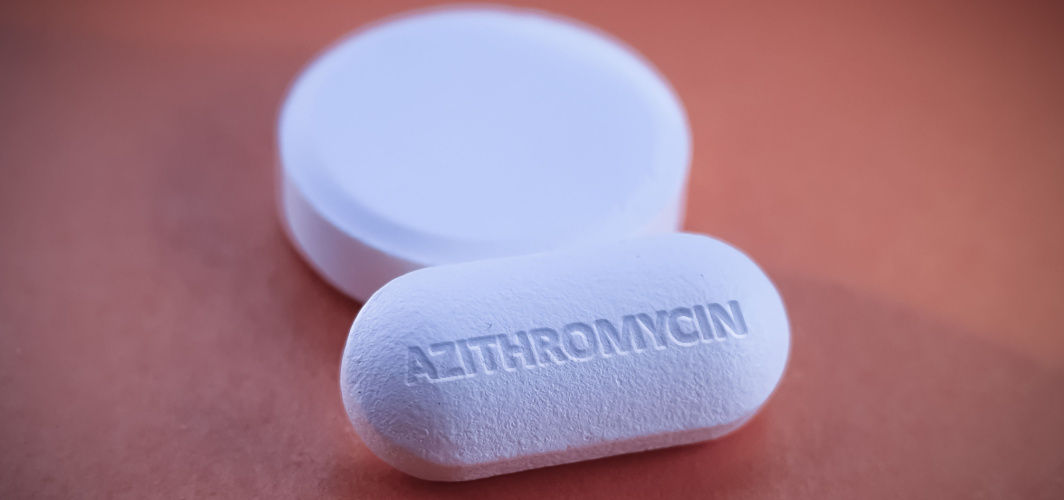General Health
How Is Shingles Different From Chickenpox?
By Apollo Pharmacy, Published on- 06 September 2023, Updated on -23 August 2024
Share this article
0
0 like

Shingles and chickenpox are both caused by the varicella-zoster virus, but they have distinct characteristics and present differently. Understanding these differences can help individuals take appropriate precautions and seek timely medical intervention when necessary. In this blog post, we will delve deeper into the distinctions between shingles and chickenpox, equipping you with a clear understanding of these related yet distinct conditions.
What is Varicella-Zoster Virus?
The varicella-zoster virus is responsible for causing chickenpox. It spreads from one person to another through direct contact with the fluid from chickenpox blisters or by inhaling respiratory droplets from an infected person. Chickenpox is highly contagious, and individuals who have not been vaccinated or previously infected are at risk of contracting the virus.
After the initial infection, the virus remains dormant in nerve tissue near the spinal cord and brain. Years later, it can reactivate and cause shingles, which is characterised by a painful rash that usually appears on one side of the body. The rash typically develops into clusters of blisters that crust over within 7-10 days.
Symptoms of Chickenpox and Shingles
Chickenpox | Shingles | |
Incubation period | Approximately 10 to 21 days, which is the time between exposure to the virus and the onset of symptoms. | The virus remains dormant in the nerve tissues after chickenpox, which can reactivated years later. |
Early symptoms |
| Burning, tingling, or numbing sensation in one side of the body. |
Characteristics of rash |
|
|
Other symptoms |
|
|
Complications and Risks
High-risk groups including infants, adolescents, adults, pregnant women, and individuals with weakened immune systems can experience severe infection if they get exposed to the varicella-zoster virus. Besides this, some complications associated with Shingles and Chickenpox include:
Chickenpox | Shingles |
|
|
Diagnosis and Treatment
Chickenpox and Shingles are diagnosed with the help of various clinical examinations and laboratory tests. Furthermore, the treatment includes antiviral medications and symptomatic relief measures.
Chickenpox | Shingles | |
Diagnosis | Clinical examination and observation of the rashes across the body. | Clinical examination and observation of rash on one side of the body. |
In some cases, laboratory tests such as polymerase chain reaction (PCR) may be performed to confirm the diagnosis of chickenpox. | Laboratory tests such as viral culture or polymerase chain reaction (PCR) can be performed to identify the presence of the varicella-zoster virus. | |
Treatment | Symptomatic relief with antipyretics to reduce fever and antihistamines to relieve itching. | Antiviral medications are prescribed to speed up the healing process and alleviate pain. |
In severe cases or high-risk individuals, antiviral medication may be prescribed to shorten the duration of the illness and reduce complications. | These medications typically work best when started within 72 hours of the rash appearing. |
Prevention
Chickenpox | Shingles | |
Vaccination for the disease |
|
|
Vaccination schedule |
|
|
Quick Review
Symptoms | Itchy red spots, fever, fatigue | Painful rash, tingling, nerve discomfort |
Presentation | Generalised rash | Localised rash along nerve pathways |
Complications | Secondary infections, pneumonia | Postherpetic neuralgia, skin infections |
Diagnosis | Clinical observation, lab tests | Clinical exam, medical history, lab tests |
Treatment | Symptomatic relief, antiviral meds | Antiviral drugs, pain management |
Prevention | Vaccination, exposure avoidance | Reducing risk factors, vaccination |
Takeaway
In conclusion, shingles and chickenpox are two distinct viral infections caused by the same virus, the varicella-zoster virus. While they share similarities, there are important differences between the two conditions that individuals should be aware of. Understanding the differences between shingles and chickenpox is crucial for proper management, treatment, and prevention of these conditions. If you suspect you have either condition or need vaccination, it's important to seek medical advice. Stay informed and take steps to protect yourself and others from these viral infections.
General Health
Frequently asked questions
No, shingles occurs in people who have previously had chickenpox. After a person recovers from chickenpox, the virus remains dormant in their nerve cells and can reactivate as shingles later in life.
Chickenpox usually presents with a widespread itchy rash, fever, and fatigue. Shingles, on the other hand, are characterised by a painful rash that typically affects only one side of the body or face.
You cannot catch shingles directly from someone with chickenpox. However, if you have never had chickenpox and come into contact with someone who has active shingles blisters, you could potentially contract chickenpox.
While it is uncommon, it is possible to get shingles more than once. However, getting vaccinated can help reduce the risk of recurrence and lessen the severity of symptoms.
Yes, there is a vaccine available to protect against shingles. The Centers for Disease Control and Prevention recommends that adults aged 50 years and older receive the shingles vaccine.
Leave Comment
Recommended for you

General Health
Vitamin E Capsule For Hair: Benefits, Application, and Side Effects
Vitamin E is an antioxidant with fat-soluble properties that help to curb free radicals in your body. This nutrient has many good effects on our body, including skin care. Further, using vitamin E capsules for hair has numerous benefits including hair growth.

General Health
Azithromycin Tablets: Benefits, Side Effects, Dosage
Azithromycin is a common medicine used to treat various bacterial infections, including respiratory tract infections, skin infections, and sexually transmitted infections. It works by inhibiting bacterial growth and should be used as healthcare providers prescribe. This article discusses precautions, proper usage, and potential side effects to ensure safe and effective use.

General Health
Augmentin 625: Use, Dosage, Composition, Side Effects
Augmentin 625 is a commonly used antibiotic that helps in treating bacterial infections. It contains Amoxicillin and Clavulanic Acid that work together for potent action.
Subscribe
Sign up for our free Health Library Daily Newsletter
Get doctor-approved health tips, news, and more.
